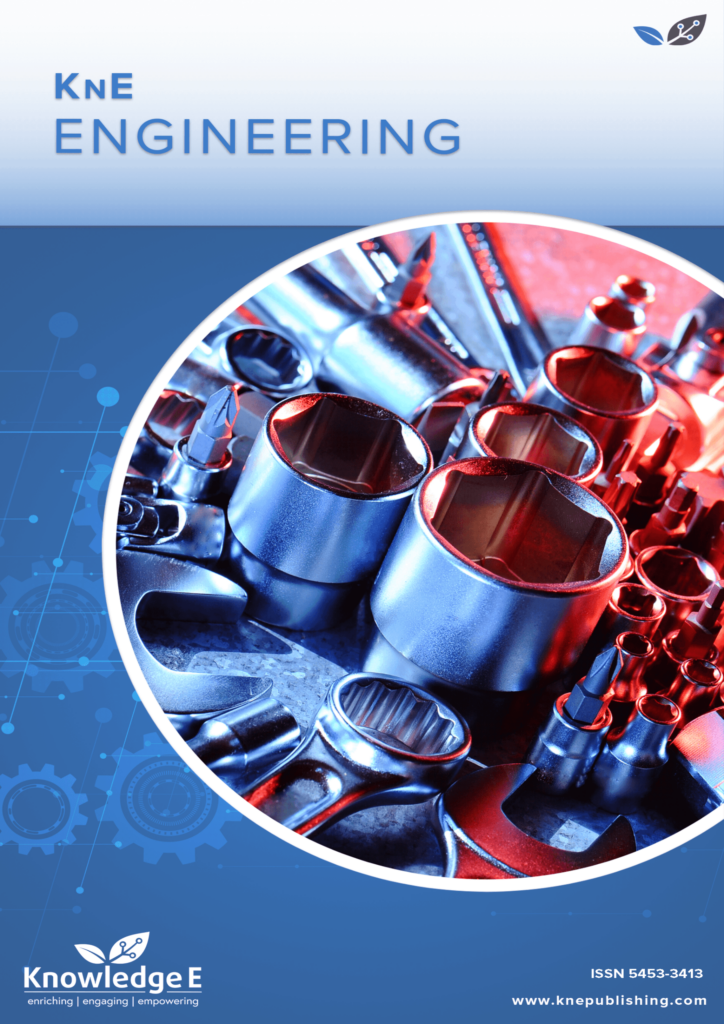
KnE Engineering
ISSN: 2518-6841
The latest conference proceedings on all fields of engineering.
Marble Quarry Waste Rock Piles and Evaluation of Their Reprocessing Potential for Lime and Cement Production (Marble Zone, Alentejo, Portugal)
Published date: Apr 13 2020
Journal Title: KnE Engineering
Issue title: REMINE International Conference on Valorization of Mining and Industrial Wastes into Construction Materials By Alkali-activation
Pages: 167–177
Authors:
Abstract:
Approximately 80% to 90% of the total stone extracted by the ornamental stone industry in the Marble Zone (Alentejo, South Portugal) is wasted and discarded in the numerous quarry waste rock piles across the region. This enormous amount of marble waste, representing millions of tons of stone each year, mostly with an expected high chemical composition of calcium carbonate, has significant potential with regards to reprocessing and use in other industries. This study evaluates the potential viability of these marble waste piles for reprocessing. The methodological approach, designed in two phases, firstly selected potential sites and, secondly implemented a sampling plan to allow for the laboratory analyses. In the first phase, a total of 178 waste rock piles were identified, corresponding to an estimated 70mn tons of marble raw material. In the second phase, 30 selected piles were sampled and chemically analysed by calcimetry, XRF and flame emission spectrometry. The results show that 7 of the sampled piles present CaCO3 content above 97%, and another 14 show contents between 95% - 97%. This indicates that the waste could be reprocessed to produce lime and/or cement (clay materials are found in the surrounding schist outcrops in the region). There is also the potential for aggregate production for civil engineering works.
Keywords: marble, waste reprocessing, lime production
References:
[1] Costa, C. (1992). As Pedreiras do Anticlinal de Estremoz. Ac Geologia de Engenharia na Exploração e Recuperação Ambiental de Pedreiras. PhD Thesis, FCTUNL, p. 470.
[2] Ribeiro, T. (2010). Metodologia para a caracterização das escombreiras da Zona dos Mármores (Alentejo) visando a avaliação do potencial de reutilização da matéria-prima. e-Terra: Rev. Electr. de Ciências da Terra, vol. 20, issue 18, p. 4.
[3] Ribeiro, T. (2011). Valorização de escombreiras da indústria extractiva de mármores no Alentejo. MSc Thesis, FCTUNL, p.79.
[4] Moura, A. C. (1991). Rochas Ornamentais Carbonatadas de Portugal: os Mármores. Definição e Características Gerais. Bol. Minas, vol. 28, pp. 3-15.
[5] Boynton, R. S. (1980). Chemistry and Technology of Lime and Limestone. Wiley-Interscience; 2 ed., p. 592.
[6] Velho, J. L., Gomes, C. And Romariz, C. (1998). Minerais Industriais. Geologia, propriedades, tratamentos, aplicações, especificações, produções e mercados. Gráfica-Coimbra, p. 591.
[7] Ellen MacArthur Foundation, (2019). Completing the Picture: How the Circular Economy Tackles Climate Change. Access: https://www.ellenmacarthurfoundation. org/assets/downloads/Completing_The_Picture_How_The_Circular_Economy- _Tackles_Climate_Change_V3_26_September.pdf.